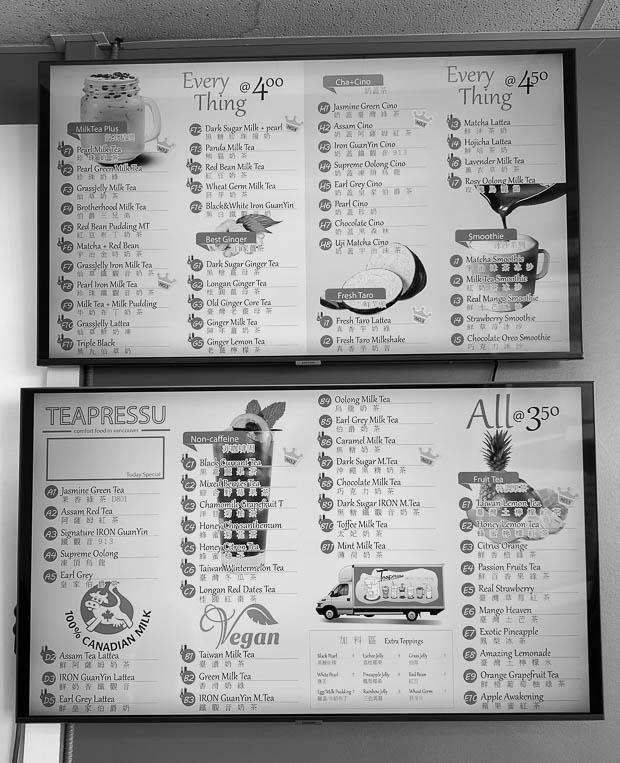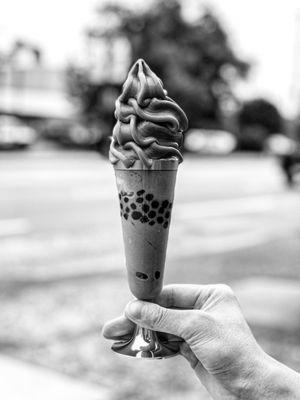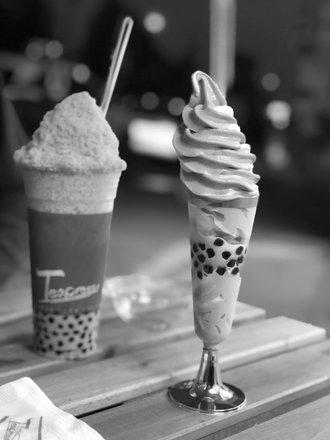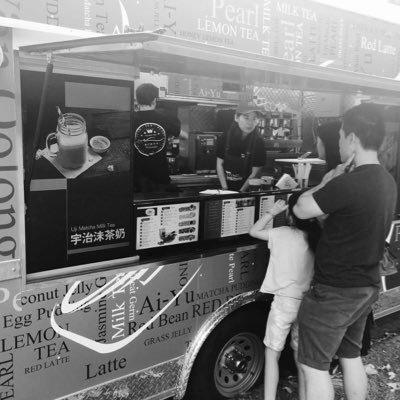Introduction
We have a simple idea: tea pressu is a great way to brew your own iced tea. We are using this idea to help people make better, more flavorful iced teas at home.
But we also have a powerful product idea, one that can be turned into a successful business. It’s the power of our technology, and the value of our solution: we know how to brew tea much better than anyone else.
We need people to see this and trust us on it – which is why we are planning to launch this product in five countries in the next few months (wherever there is space).
Our target market will be people who want to make iced teas at home and who want us to help them do it better. Our success will depend on how many people say yes to both of these propositions: that they want us to make their life easier, and that they trust us enough not only with the words we use (“best teas for iced tea”), but also with their lives themselves.

What is Tea Press?
Tea is one of the most beautiful and delicious drinks in the world. In China and Japan, tea is an important part of their culture and a way to express their bonds with nature and friends. In the west, we have long enjoyed the exotic flavors of tea. But it is only recently that a western taste for this herbal drink has been gaining popularity.
How to use tea press
I’m sure by now you have come across the term “tea pressu”. I do not know if it is a product name or not, but I do know that it is so rare I had to write about it here.
The tea pressu, also known as “la pressu”, is a traditional device used by Catalan immigrants in the early 20th century to make aromatic teas such as amaro (aniseed) and amontillado (sherry). It consists of a metal kettle with a screw top lid and an elongated wooden handle.
It was used for many years at Cáceres — where this post originally appeared — and has been made famous by its use in the movie Requiem for a Dream (2000).

The process of making a tea using this device is simple: put some water into the kettle, add spices and herbs and set the tea pressu to heat. After a few minutes, it will start to boil and release steam into the air. The steam helps to infuse the herbs or spices into the water. In addition, it also helps aerate the water so that when it goes through the machine, it will release all its flavors more evenly.
I have heard tales of long-standing families who have dedicated their lives to making this product which they can no longer find any sign of outside their doorways. After years spent making this product they are now forced to leave their ancestral home in order to take care of their aging mother. They don’t want to leave their family behind but they just cannot afford another place where they can do what is asked of them without running out of money in small steps each month because there isn’t enough food for them anymore (and if anything goes wrong with their machine, there isn’t enough money for repairs either).
I don’t know how big this market really is — but I am sure there are plenty who are really happy that someone has taken up this product which has been given over people from these families for generations to make which is still revered today as one of their mutual possessions among themselves. Of course they could be doing well too. The problem arises when they reach a point where they cannot afford any more expenses and decide that instead of spending time on making better teas, they will simply go away on holidays knowing that those days spent caring for elderly relatives won’t be missed at all —
Conclusion
Maybe you have heard of tea presses. Maybe you have heard of the “pressu”. Maybe you just know it as an old-school method of making instant oolongs (or is that instant noodles?).

This has nothing to do with tea or even with oolong teas or instant noodles, but rather a specific method used in ancient Chinese herbal medicine during the Ming and Qing Dynasties. It was used to extract the active constituents (the active ingredients) from plants – and a small machine was used to crush them into little bits for use in making medicines.
This has nothing to do with tea or even with oolongs or instant noodles, but rather a specific method used in ancient Chinese herbal medicine during the Ming and Qing Dynasties. It was used to extract the active constituents from plants – and a small machine was used to crush them into little bits for use in making medicines. It wasn’t until recently that people started seeing this as an interesting way of extracting chemicals from plants, so we started investigating more about it and discovered there are a lot of interesting things about it that we could share with you.
First, let’s talk about why this particular method is interesting:
There are three things worth noting right away:
1) The process is very slow-moving; taking minutes instead of hours. The machines are quiet, they don’t smell like coal smoke or burning rubber, they make no noise whatsoever; they just sit there doing its magic; no moving parts, no friction, nobody throwing their bodies around in an effort to make something happen faster than it does itself; no stress for our human bodies at all! Even if some people were willing to risk injury trying this technique on themselves – which they wouldn’t be because they’re generally very careful people – there would be zero risk involved here since we don’t use any other machinery than the pressu (which makes sense since training those who use it properly is probably not worth its cost).
2) The whole point here is not simply providing machinery with which one can make products; the process itself is quite unique in being able to extract chemicals from plants without killing them or infiltrating them through the skin (which would also be very unpleasant). There are many other ways of getting chemicals into human foods without harming them too much — think of how most fruits and vegetables are processed — but none can do it as well as this

